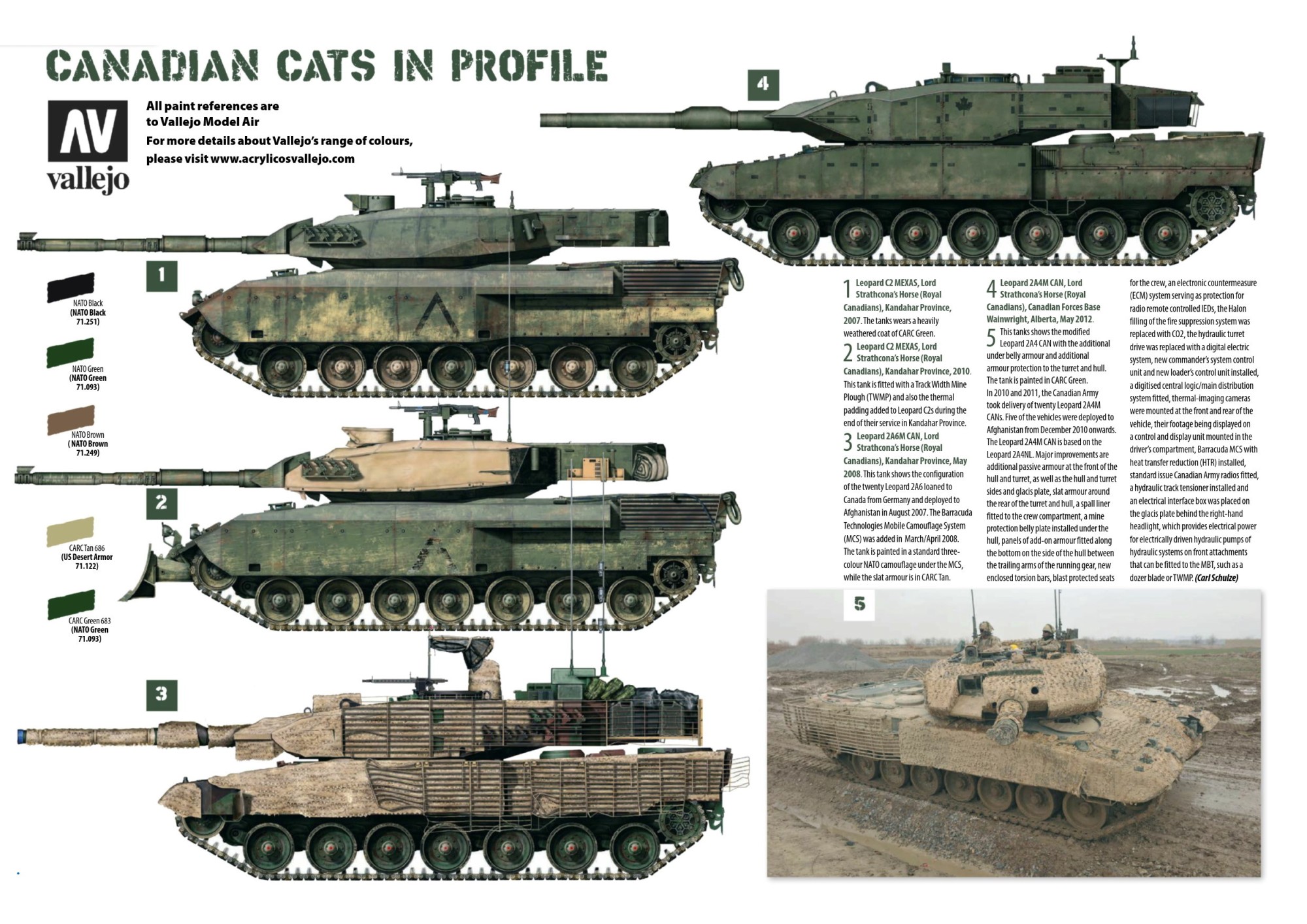
The International Security Assistance Force (ISAF) formed under UN Security Council Resolution 1386 of 20 December 2001 for stability operations in Afghanistan provides an example of a complex overland peace support operation. Canada’s participation in ISAF, dubbed Operation Athena, began in Kabul in July 2003.
During this initial phase, ISAF was charged with providing security to the Afghan Interim Authority and the United Nations. Phase II, which began in August 2005, saw Canadian troops redeploy to Kandahar, where they conducted the longest-running CF combat mission, which concluded in July 2011. Coincident with the redeployment to Kandahar, Canada signed the 2006 Afghanistan compact, which outlined “a wide-ranging program of activity based on three “critical and interdependent” areas of activity: a) security; b) governance, rule of law and human rights; and c) economic development”.
Operation ATHENA Phase I: Kabul
Operation ATHENA began on 17 July 2003 with the installation of Brigadier-General Peter Devlin of Canada for a six-month tour in command of ISAF’s Kabul Multi-National Brigade. On 19 July 2003, the 3rd Battalion, The Royal Canadian Regiment Battalion Group, began deploying to Kabul as Roto 0 of Task Force Kabul.
ISAF became a NATO mission on 11 August 2003. On the same day, Major-General Andrew Leslie of Canada was installed as Deputy Commander of ISAF in Kabul. Its main focus during the first year of NATO leadership was helping the Afghan Transitional Authority maintain a safe and secure environment in Kabul while the Loya Jirga developed and ratified a constitution for Afghanistan (completed 4 January 2004).
On 9 February 2004, Lieutenant-General Rick Hillier of Canada accepted the command of ISAF, which he retained until handing over to LGen Jean-Louis Py of France on 9 August 2004.
ISAF’s primary objective in 2004 was ensuring the safe conduct of Afghanistan’s first democratic election, which was held on 9 October 2004 to choose 250 Members of Parliament and the President. Despite widespread threats and isolated outbreaks of violence, some 80 percent of eligible voters turned out on election day. Hamid Karzai was declared the winner, and on 9 December 2004 he was inaugurated President of the Islamic Republic of Afghanistan.
Rotations during Phase I
Roto 0 August 2003– February 2004 3rd Battalion, The Royal Canadian Regiment Battalion Group
Roto 1 February 2004– August 2004 3rd Battalion, Royal 22e Régiment Battalion Group
Roto 2 August 2004– February 2005 1st Battalion, Princess Patricia’s Canadian Light Infantry Battalion Group
Roto 3 February 2005– July 2005 1st Battalion, The Royal Canadian Regiment Battalion Group
Operation ATHENA Phase II: Kandahar
In 2005, ISAF began to extend its operations beyond Kabul to support the development and growth of Afghanistan’s governmental institutions, especially its national security forces. At that time, ISAF also joined the extensive efforts by governmental and non-governmental organizations throughout Afghanistan to rebuild its shattered communities.
The Afghanistan Compact
Signed on 1 February 2006 and valid for five years, the Afghanistan Compact governed the relationship between the Government of the Islamic Republic of Afghanistan and the coalition forces then operating in Afghanistan: ISAF, and U.S.-led forces deployed under Operation ENDURING FREEDOM.
Signatories to the Afghanistan Compact agreed to a wide-ranging program of activity based on three “critical and interdependent” areas of activity:
security,
governance, rule of law and human rights; and
economic development.
A further “vital and cross-cutting area of work” was also identified: eliminating the narcotics industry, described as “a formidable threat to the people and state of Afghanistan, the region and beyond.”
Initially Afghanistan remained the Canadian government’s primary focus, with nearly 3,000 troops deployed in Afghanistan on Operation Athena, the majority in the Kandahar area. But, slow progress, high costs and waning domestic support forced the government to maintain its pledge to end Canada’s combat mission in Afghanistan in 2011. Then Prime Minister Stephen Harper said that the government might propose maintaining some Canadian presence in Afghanistan after that date to focus primarily on reconstruction and development. This force might include helicopters, police and army trainers, a Provincial Reconstruction Team and CF-18 fighter aircraft.
In both Afghanistan and Iraq, the improvised explosive device (IED) has been the insurgents’ weapon of choice; IEDs have inflicted the greatest number of casualties on Canadian troops in Afghanistan. Of the 158 combat and non-combat-related deaths sustained by the CF in Afghanistan from the start of operations to October 2011, 97 or 62 percent, were the result of IEDs.